We have a wide variety of Fire Extinguishers available for all types of fires. The types & capacities are listed below
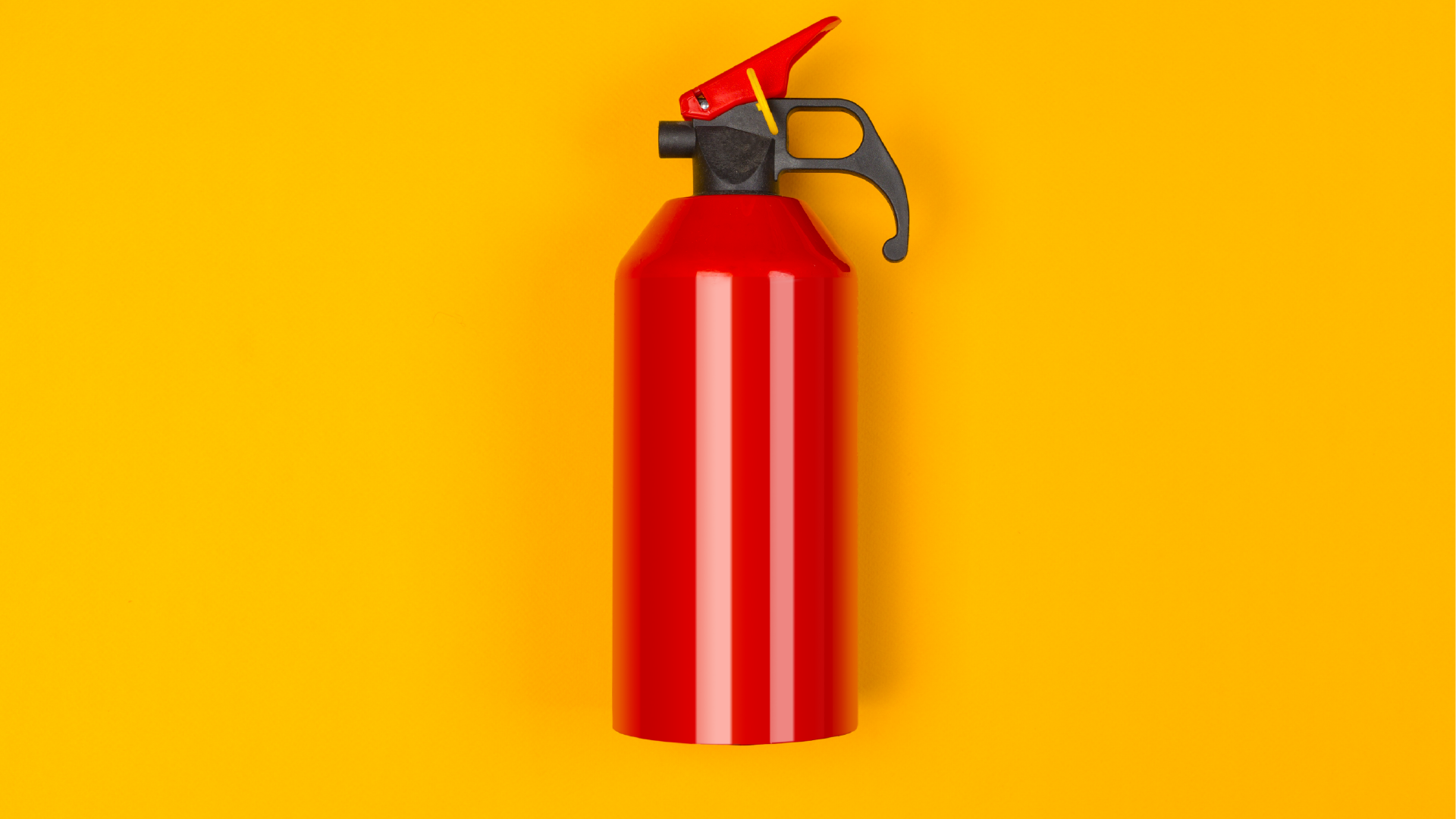

fire extinguishers
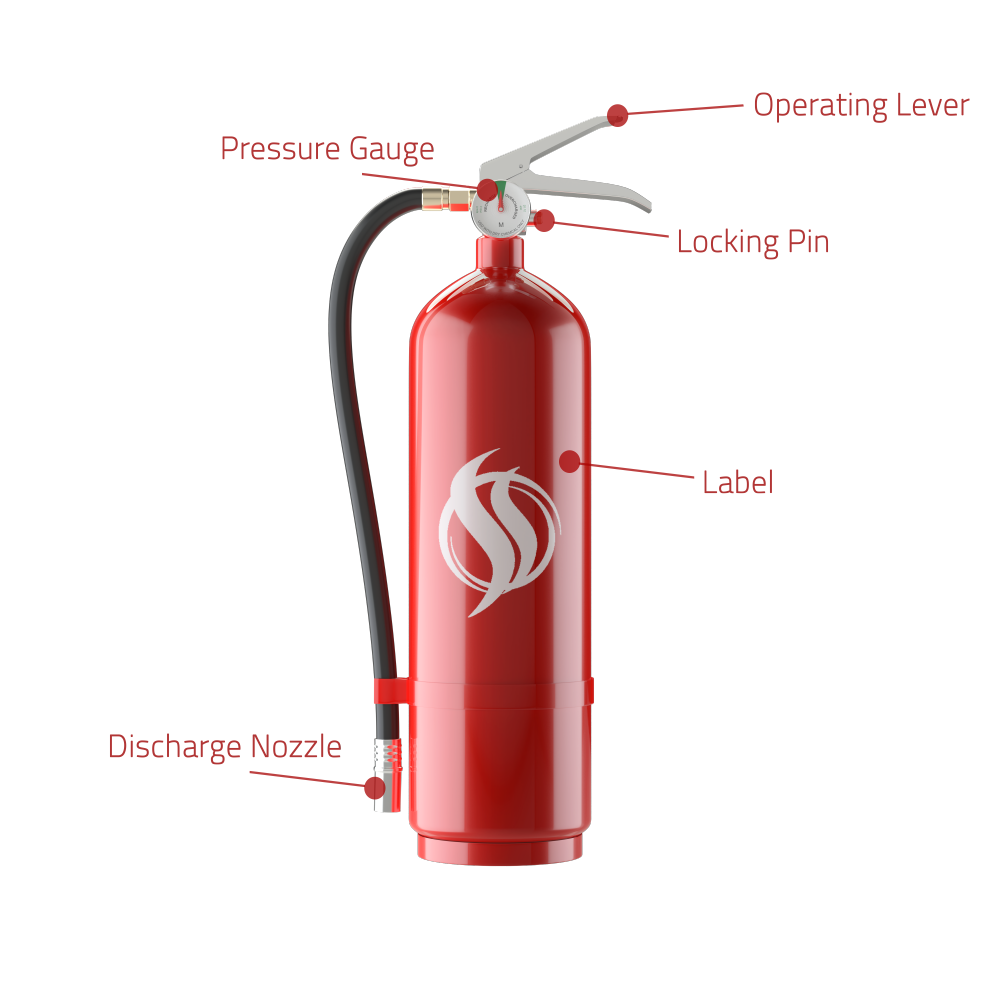

if you put out the fire,
you wont have to jump out
types of fire extinguishers
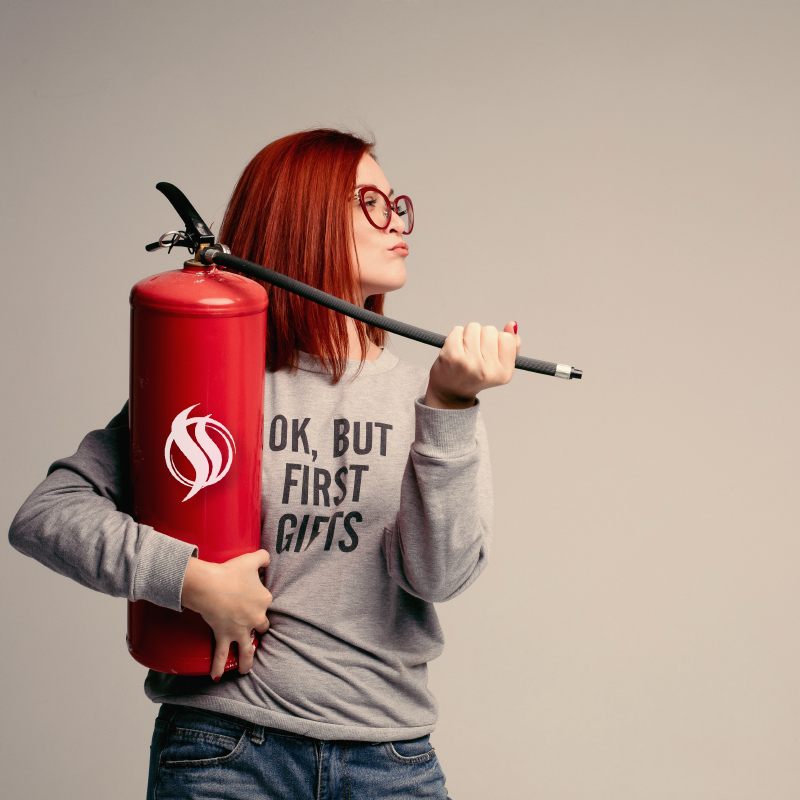

- Dry Powder: 1,2,4,6 KG
- Water: 1,2,4,6 KG
- CO2:
- Wet Chemical : 1,2,4,6 KG
- Foam: 1,2,4,6 KG
- Clean Agent: 1,2,4,6 KG
- Industrial:
Keep your extinguisher handy,
a single spark can start a fire
how to use a fire extinguisher
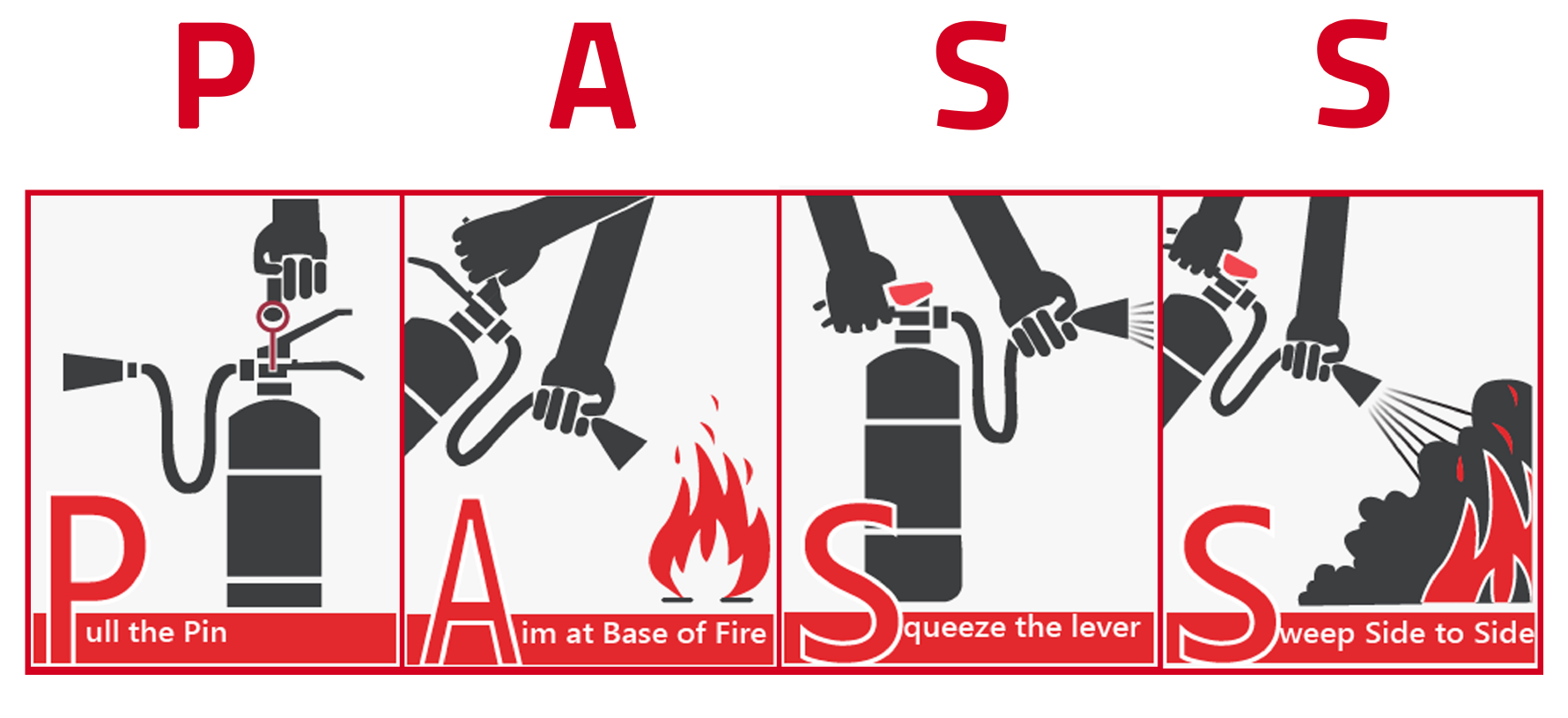

quality is remembered long after
the price is forgotten
quality assurance
The extinguishers at SOS are designed to provide the best work possible. There is a thorough and uncompromising commitment to the quality of the products we provide here at SOS. As integrity is one of our topmost priority, we ensure all of our products go through intensive checking.
Additionally to ensure all of our specifications are met with each product, we have a strict quality control system. For that, we keep a strict check over all the processes and controls going on within the manufacturing process to ensure every step is carried out in a disciplined and systematic way.
Moreover, while choosing raw materials to manufacture our products, we carefully select vendors that provide us with the best products. The production process is further extremely disciplinary with the use of best technology and some of the most skillful engineers.
We take pride in having one of the most advanced manufacturing plants in the country. We manufacture our products through the latest machinery and test equipment through a controlled quality process that is overlooked by skilled engineers. Therefore, our fire supply products are best in class and state of the art and give way to the best performances.
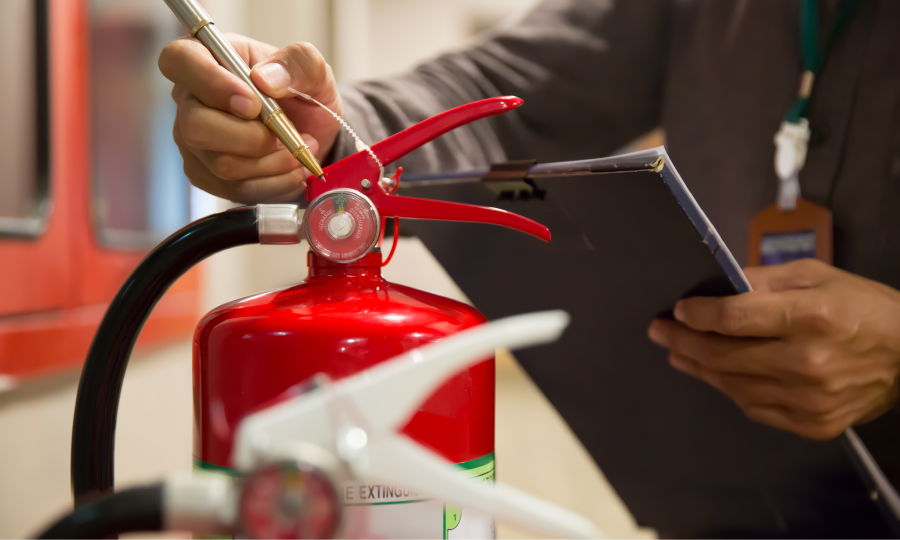

Knowing the type is important
types of fires


While investing into a fire extinguisher, it is crucial to buy the one best suites to your needs. Now fires have various classification based solely upon the fuel source, therefore, each has a designated fire extinguisher designed to put it out.
Class A fires
Based on regular flammable products as their fuel source, class fires are defined as ordinary combustibles. Their sources range from wood, fabric to paper, trash and plastic. Being the most common accidental fires in industries and homes alike, they can be put out using water or monoammonium phosphate.
Class B
Having flammable liquids or gas as its fuel base, these fires are classified through them too. Their liquid based fuel source consists of petroleum based liquids such as oils and paints, kerosene or gasoline. Meanwhile, their gaseous fueling components consist of flammable gases such as butane, or propane. The class B fires are common occurrence in fuel and lubricant industries and as they involve chemical reactions, removing oxygen smothers them.
Class C
Fires occurring through electrical components or energized equipment are class C fires. These fires are often fueled by electronic transformers, motors and electrical appliances. These fires are common in industries dealing with high energy power sources but are a common sight at small business too. Extinguishing these fires require the use of non-conductive material or cutting off power sources.
Class D
Class D fires are ones using combustible metals as their fuel source such as titanium, magnesium, aluminum and potassium. These fires are dangerous in laboratory environment but as these metals are often a part of common use, they may occur anywhere. Extinguishing these fires requires the use of dry powder agents that absorbs the fire heat and smothers it.
Class K
Class K fires are cooking fires which occur due to combustible liquids used in cooking. These fires are fueled by cooking materials such as vegetable fat, cooking oils and animal fat. These fires are common occurrences at homes, restaurant industries and food service industries. Extinguishing them requires wet chemical fire extinguishers.


